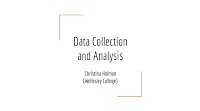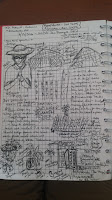Water Productivity: Irrigation

Tuesday, we were finally able to see the actual (gota-gota; drip) irrigation system. Regla organized a tour for us to see the irrigation system and management for the fields at INIDA's headquarters in Sao Jorges. We walked quite a bit and through lots of unpaved paths to see the well, reservoir/tank, sand-filters and tubing mechanism in the individual plots. BUT we learned so much that can help us for the paper. I was able to make a lovely sketch (below) that shows the flow of water from macro-scale and at the micro-scale in each plot area. Water is pumped from a well up into an uncovered, cement "reservoir" or tank. This is where water is held for irrigation but, because it is uncovered, it should/needs to be cleaned (a lot). The tank is built at the highest point in order to use gravity to direct the flow of water through large and long tubs into the sand-filters (Japanese made, cleaned every 6 months) and two smaller filters after that. The plots are built like tie








